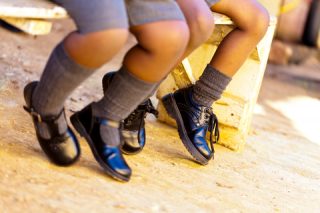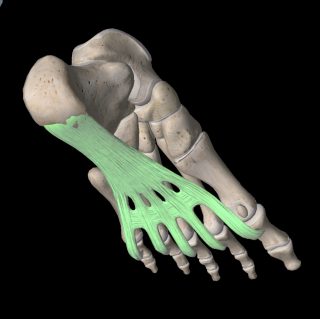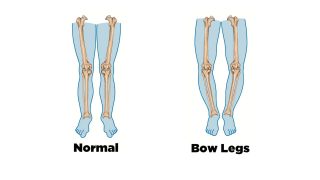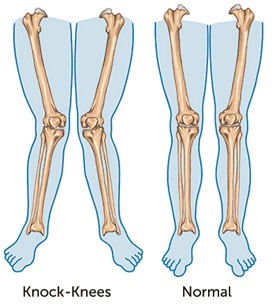Written by Michelle Champlin BSc Pod., M.Ch.S., S.R., Ch., (UK)
For fungal toenails there are a few treatment options – but which is the best for you? We asked Chief Podiatrist Michelle Champlin of Dubai Podiatry Centre to explain in simple terms the latest treatments – you can also find out more about the signs of fungal toenails.
• There is laser for flat fungal toenails that do not need any corrective treatment for the shape of the nail. This takes a few sessions at least.
• Another effective, fast and immediate treatment is total nail removal, useful if the nail is badly misshapen (including curved or painful ingrowing nails), or if the fungal infection is down into the nail root.
• An alternative option to treat some types of toenail infection is with an oral anti fungal (such as Lamisil tablets), although usually this needs to be taken for 6-9 months and will require an initial and ongoing liver function tests.
• Another way to treat minor superficial fungal nail infection is to use a topical antifungal nail lacquer, such as Curanail. This works nicely on superficial nail fungal infections that can be brought on by covering your toenails excessively with toenail polish or from wearing shoes and socks for a long time during the day, allowing moisture to build up on the top nail plate. This option requires longer term, usually weekly home application with follow up from your Podiatrist to ensure the treatment has resolved the infection fully.
Minimise nail polish use to avoid fungal toenail infections
Visit your Podiatrist to see if laser, total nail removal or medications (superficial or oral) would be the best option for your case. You should always see your Podiatrist if you notice any changes to your toenails, or if you suspect a fungal infection has taken hold. They will be able to check for fungal skin infections also, as this is common alongside fungal toenails. It is important to maintain moisturised, clean toenails as part of an overall toenail care and footcare routine, as dry, damaged or over-pedicured toenails are more at risk of fungal infections.
Contact the foot experts at Dubai Podiatry Centre today in order to get back to healthy toenails that you don’t need to hide.
Call: + 971 4 3435390
WhatsApp: + 971 50 355 3024
info@dubaipodiatry.com
To book online: Click here
بقلم ميشيل شامبلين
هناك عدد قليل من خيارات العلاج لأظافر القدم الفطرية، ولكن ما هو الأفضل بالنسبة لك؟ لقد طلبنا من ميشيل شامبلين، رئيسة أطباء الأقدام في مركز دبي لعلاج الأرجل أن تشرح بعبارات بسيطة أحدث العلاجات – ويمكنك أيضًا معرفة المزيد عن علامات فطريات أظافر القدم.
• يوجد ليزر لأظافر القدم الفطرية المسطحة التي لا تحتاج إلى أي علاج تصحيحي لشكل الظفر. وهذا يستغرق بضع جلسات على الأقل.
• هناك علاج آخر فعال وسريع وفوري وهو الإزالة الكاملة للأظافر، وهو مفيد إذا كان شكل الظفر مشوهًا بشدة (بما في ذلك الأظافر المنحنية أو المؤلمة)، أو إذا كانت العدوى الفطرية متغلغلة في جذر الظفر.
• هناك خيار بديل لعلاج بعض أنواع عدوى أظافر القدم وهو استخدام مضاد للفطريات عن طريق الفم (مثل أقراص لاميسيل)، على الرغم من أنه عادة ما يجب تناوله لمدة 6-9 أشهر وسيتطلب اختبارات وظائف الكبد الأولية والمستمرة.
• هناك طريقة أخرى لعلاج عدوى الأظافر الفطرية السطحية البسيطة وهي استخدام طلاء الأظافر الموضعي المضاد للفطريات، مثل Curanail. يعمل هذا بشكل جيد على الالتهابات الفطرية السطحية للأظافر التي يمكن أن تحدث عن طريق تغطية أظافر قدميك بشكل مفرط باستخدام طلاء أظافر القدم أو من ارتداء الأحذية والجوارب لفترة طويلة خلال اليوم، مما يسمح للرطوبة بالتراكم على صفيحة الظفر العلوية. يتطلب هذا الخيار تطبيقًا منزليًا على المدى الطويل وعادة ما يكون أسبوعيًا مع متابعة من طبيب الأقدام للتأكد من أن العلاج قد عالج العدوى بشكل كامل.
التقليل من استخدام طلاء الأظافر لتجنب الإصابة بالفطريات في أظافر القدم
قم بزيارة طبيب الأقدام لمعرفة ما إذا كان الليزر أو إزالة الأظافر بالكامل أو الأدوية (السطحية أو الفموية) هي الخيار الأفضل لحالتك. يجب عليك دائمًا مراجعة طبيب الأقدام الخاص بك إذا لاحظت أي تغييرات في أظافر قدميك، أو إذا كنت تشك في انتشار عدوى فطرية. سيكونون قادرين على التحقق من وجود عدوى جلدية فطرية أيضًا، لأن هذا أمر شائع بجانب أظافر القدم الفطرية. من المهم الحفاظ على أظافر رطبة ونظيفة كجزء من روتين العناية الشامل بأظافر القدمين، حيث أن أظافر القدم الجافة أو التالفة أو المفرطة في العناية بالأظافر تكون أكثر عرضة لخطر الإصابة بالعدوى الفطرية.
تواصل مع خبراء القدم في مركز دبي لعلاج الأرجل اليوم لتتمكن من العودة إلى أظافر صحية لا تحتاج إلى إخفائها.
اتصل ٠٤٣٤٣٥٣٩٠
واتساب: ٠٥٠٣٥٥٣٠٢٤
info@dubaipodiatry.com
للحجز عبر الإنترنت: اضغط هنا




 Your feet support the entire weight of your body and having healthy, pain free feet allows you to go anywhere and do anything without worrying about debilitating foot pain.
Your feet support the entire weight of your body and having healthy, pain free feet allows you to go anywhere and do anything without worrying about debilitating foot pain.


 Genu Valgum is the medical term for when legs appear ‘knock knee’ and the knees angle inwards and the lower leg angles outwards. (This is the opposite condition to Genu Varus, or bowlegs – you can find out more about this here). ‘Genu’ means ‘knee’ in Latin and ‘Valgum’ means outwards. Hence, there are a number of ‘valgus’ conditions, including Hallux Valgus (bunions) – toe outwards.
Genu Valgum is the medical term for when legs appear ‘knock knee’ and the knees angle inwards and the lower leg angles outwards. (This is the opposite condition to Genu Varus, or bowlegs – you can find out more about this here). ‘Genu’ means ‘knee’ in Latin and ‘Valgum’ means outwards. Hence, there are a number of ‘valgus’ conditions, including Hallux Valgus (bunions) – toe outwards.